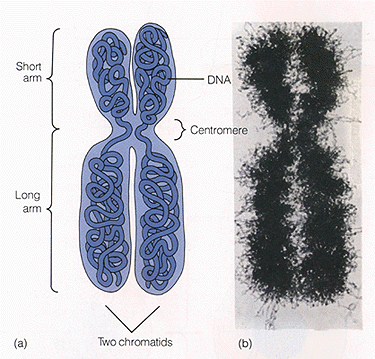 |
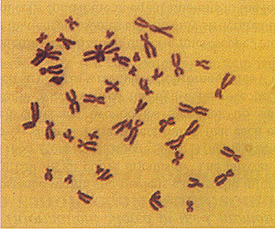 |
| The structure and the actual picture of a chromosome. | Human chromosome set from a skin cell. |
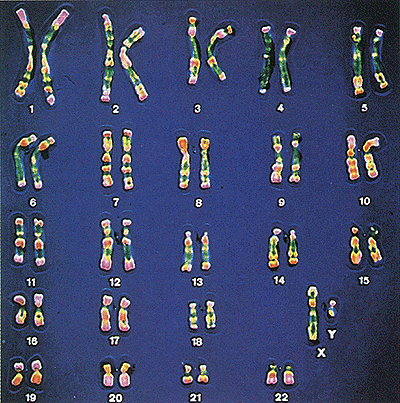
Karyogram of the human chromosomes. Note the similarities in size and in banding pattern within chromosome pairs.
 |
 |
| The structure and the actual picture of a chromosome. | Human chromosome set from a skin cell. |

Karyogram of the human chromosomes. Note the similarities in size and in banding pattern within chromosome pairs.
Fact: normal diploid cells always have an even number of chromosomes.
Fact: At the beginning of cell division, each chromosome consists of two chromatids.
Fact: Each chromatid contains a single DNA molecule.
Fact: Daughter cells at the end of mitosis are genetically identical to the original mother cell.
Fact: Daughter cells of meiosis are genetically different from the original mother cell, and from each other.
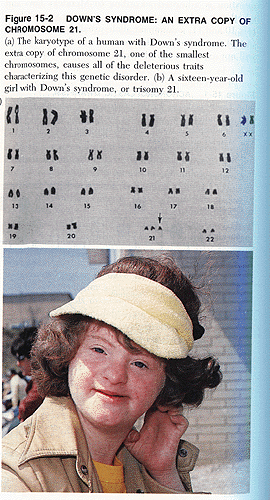 | 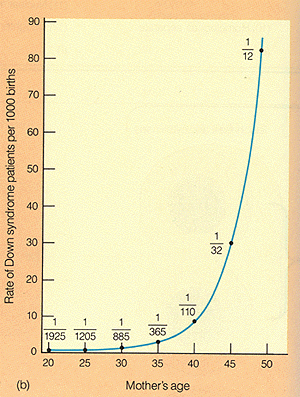 |
| The incidence of having a child with Down syndrome increases with the mother's age. |
Fact: deviations from the normal chromosome numbers in gametes result from meiotic nondisjunction.
Fact: Down syndrome is the result of an extra 21. chromosome.
Fact: Most types of trisomy and monosomy in humans are aborted as fetuses during the 2-6 weeks of pregnancy.
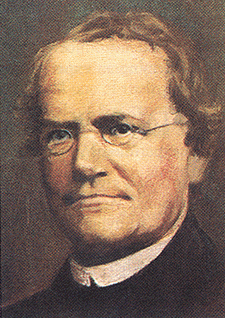
Gregor Johann Mendel
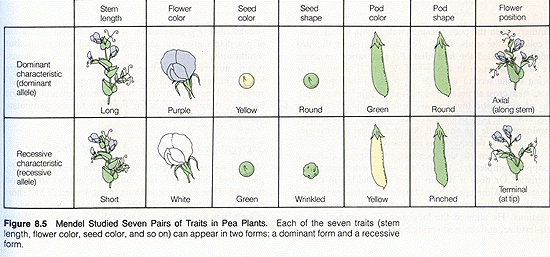
The seven characters of the pea plant that Mendel investigated.
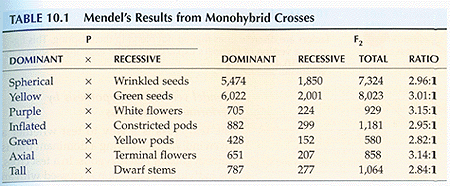
Results from monohybrid crosses in Mendel's experiments with garden peas.
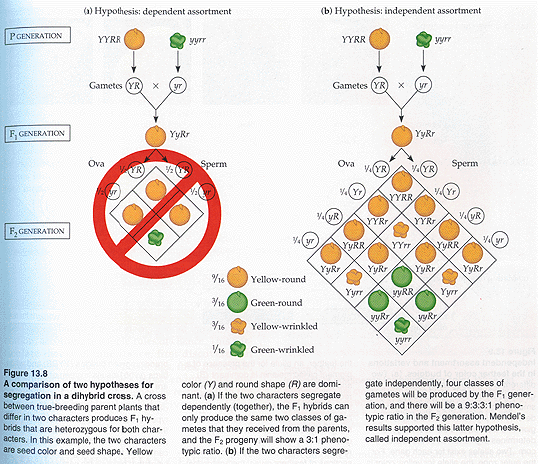
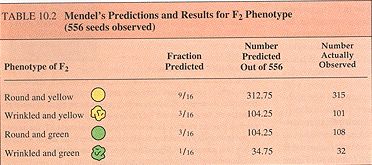

Snapdragons, where flower color is inherited by incomplete dominance.
Two genes controlling the same character:
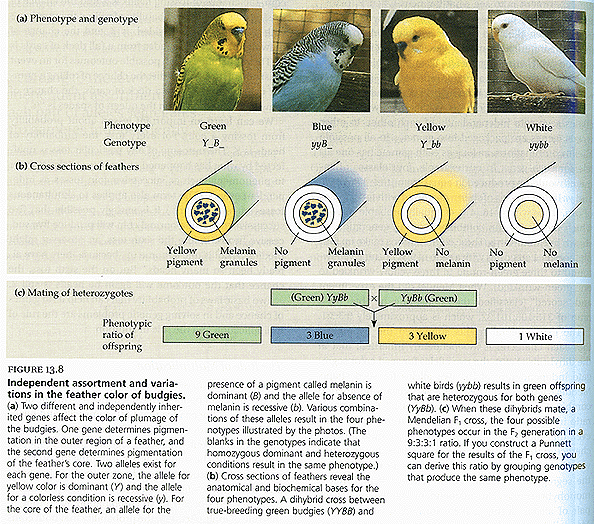
= Polygenic Inheritance = Genetics of Quantitative Trait Loci
Fact: Quantitative characters are usually determined by genes and by the environment.
Quantitative genes have additive, equal and small effect on the phenotype.
heritability: the proportion of phenotypic variation that is due to genetic differences among individuals.
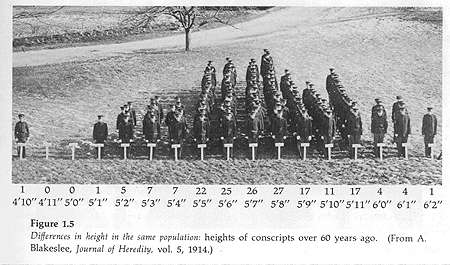
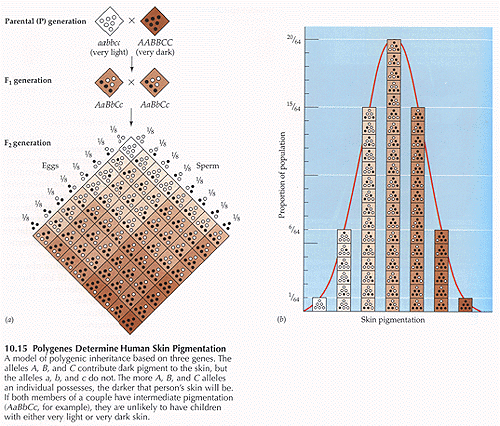
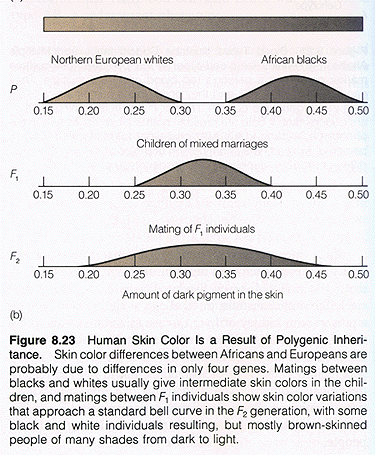
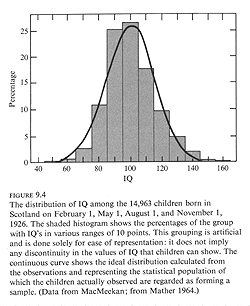
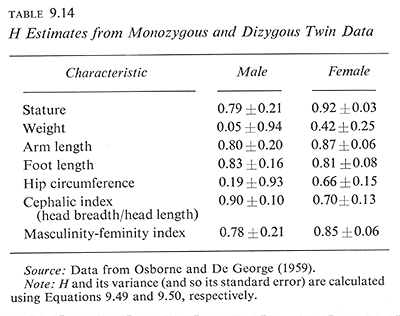
Notice the difference in weight and in hip circumference between the sexes. These characters are strongly related to childbearing, being thus important for females but not for males.
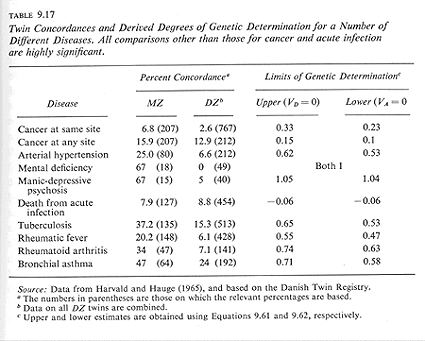
Fact: the average genetic relatedness between siblings is 0.5, between any parent and offspring is 0.5, between dizygotic twins is 0.5, and between monozygotic twins is 1.0.
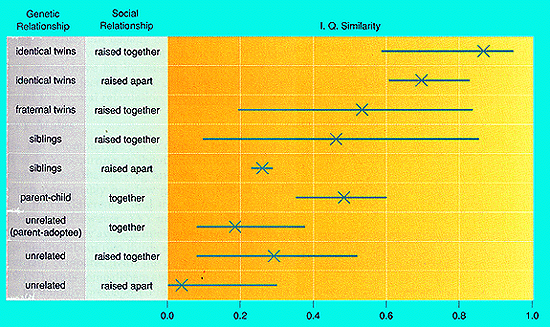
Analysis of concordance values of IQ among differently related individuals.
